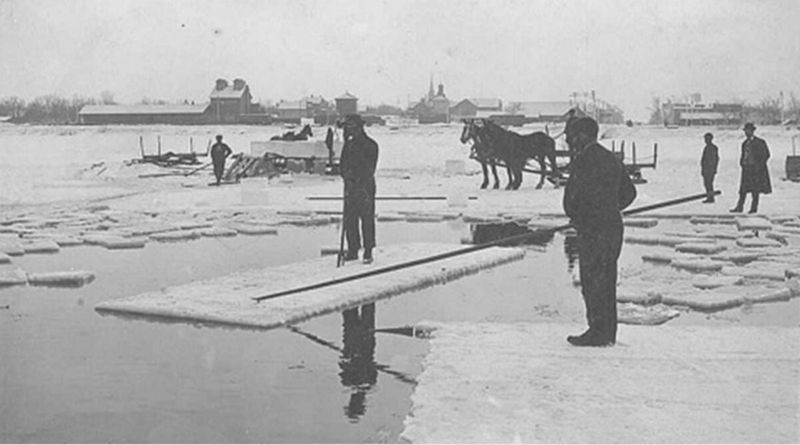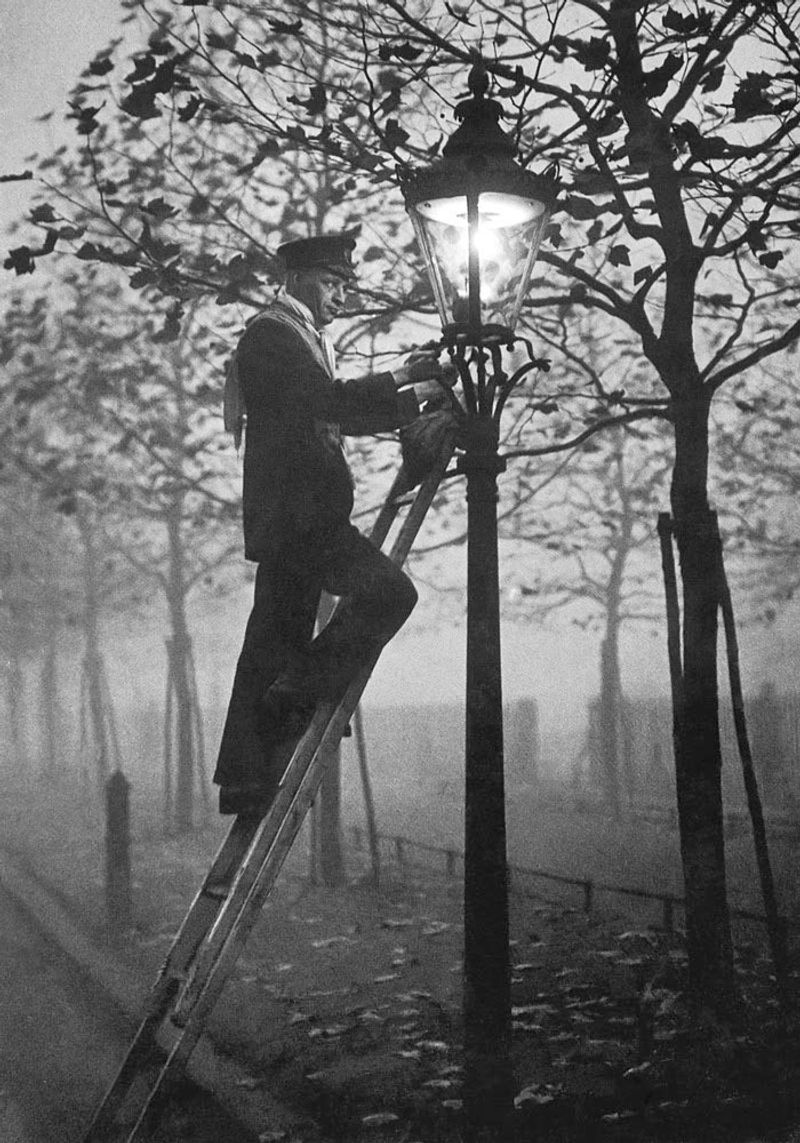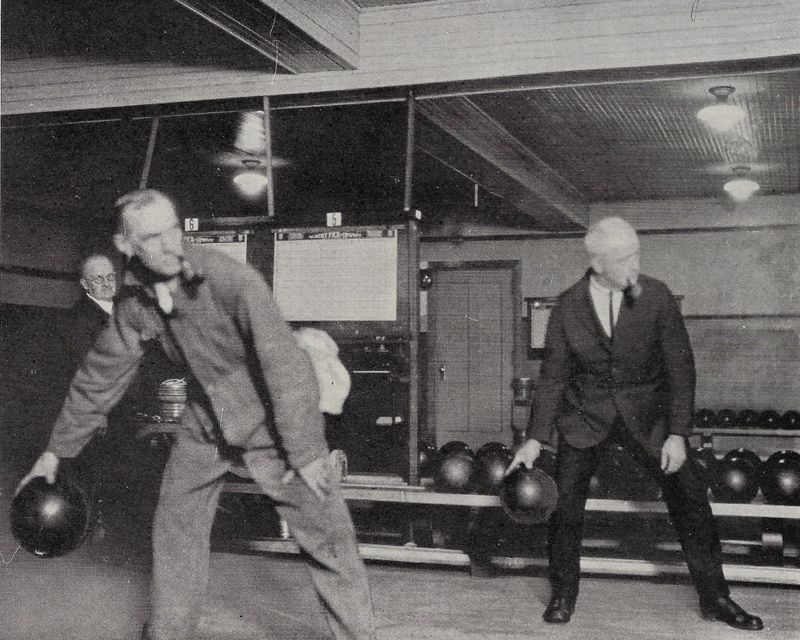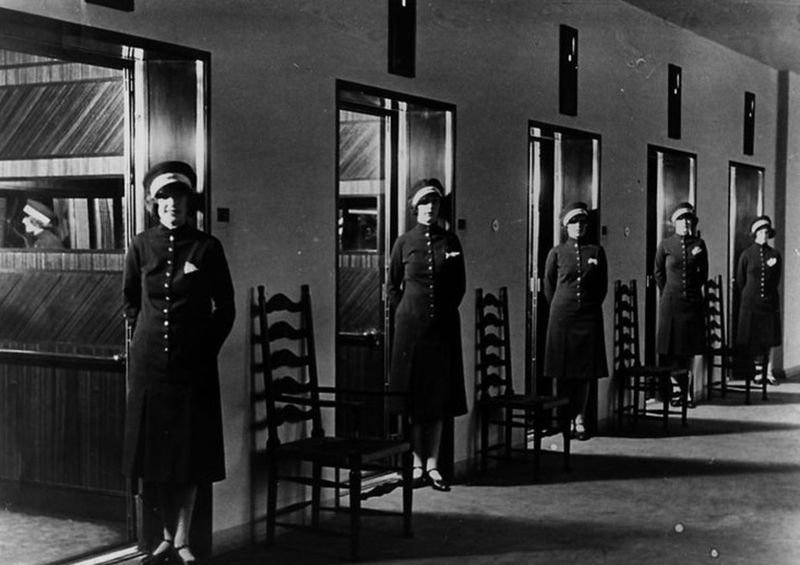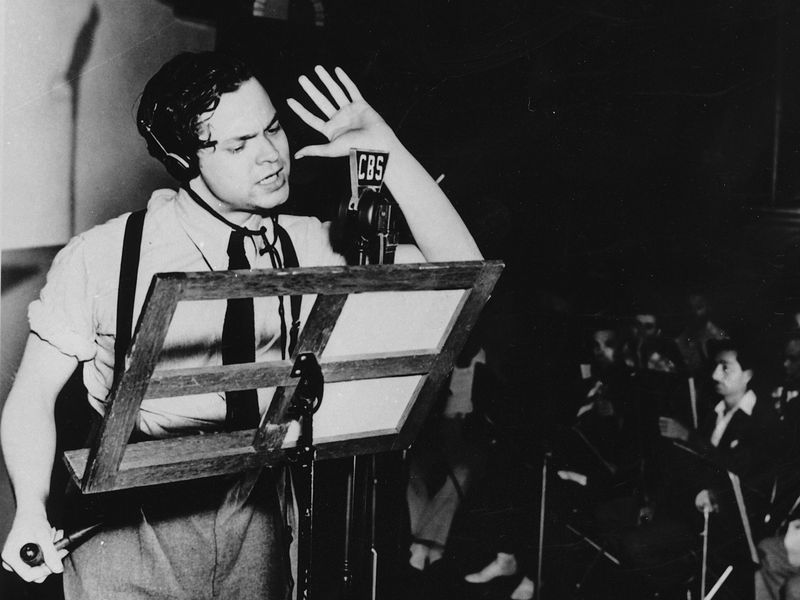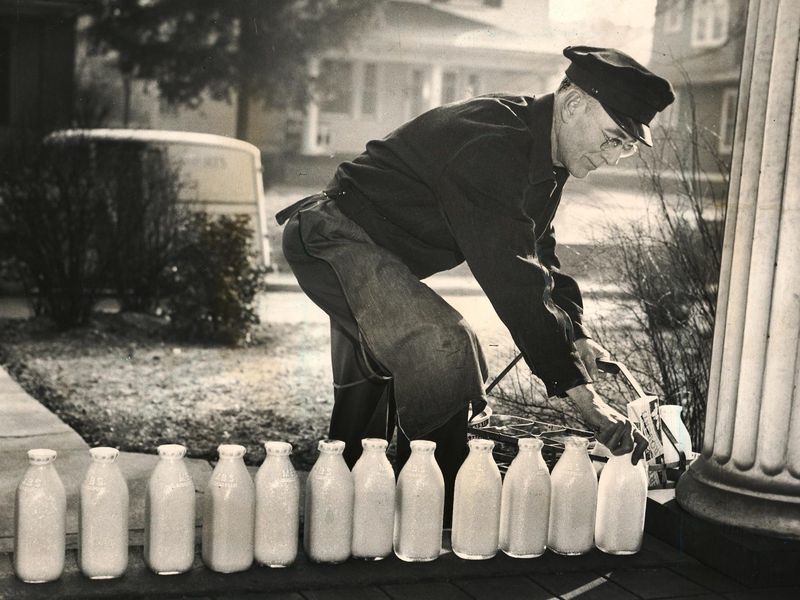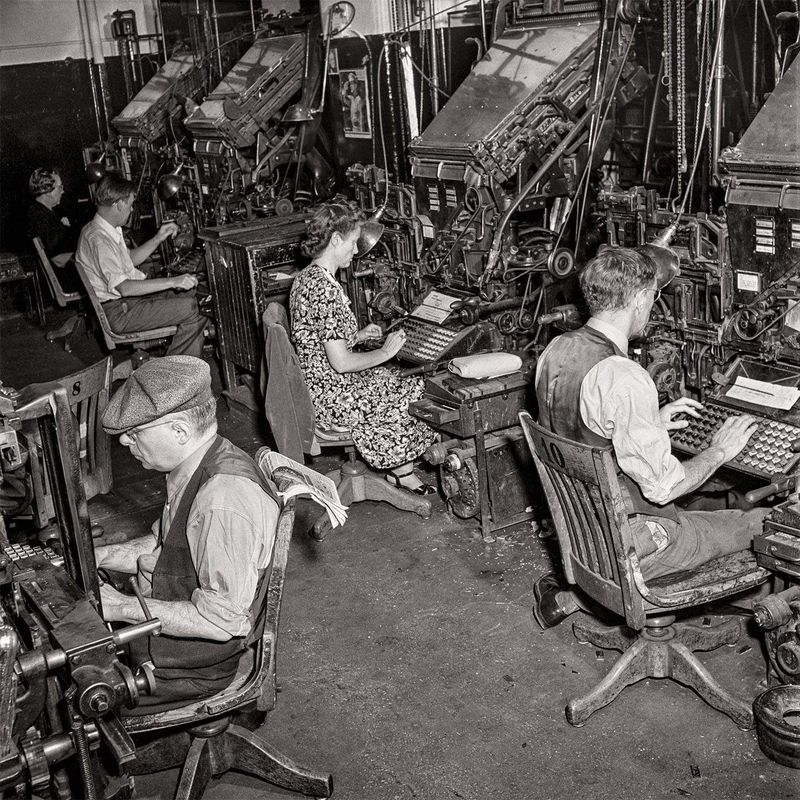Long before the modern job market, America had unique career paths that offered impressive earnings without requiring fancy degrees. These forgotten professions provided workers with comfortable middle-class lifestyles or even wealth that might surprise us today. Looking back at these vanished occupations reveals how much our economy has changed, and perhaps makes us wonder if we’ve truly progressed in all ways.
1. Ice Harvester
Before electric refrigeration transformed food storage, ice harvesters earned substantial wages cutting and collecting frozen lake ice during winter months. A skilled harvester could earn the equivalent of $80-100 per day in today’s money during the peak season.
These workers braved freezing temperatures to saw massive ice blocks, which would then be stored in insulated ice houses until summer. The profession created an entire seasonal industry that employed thousands across the northern states.
The most experienced ice harvesters often became crew leaders, commanding even higher wages while managing teams of workers who supplied this essential commodity to cities across America.
2. Lamplighter
Walking city streets at dusk, lamplighters carried ladders and torches to illuminate gas-powered street lamps. Surprisingly well-compensated, these workers earned wages comparable to $45,000-50,000 annually in today’s dollars, with stable employment and often municipal benefits.
Beyond simply lighting lamps, these professionals maintained the equipment, replaced broken glass, and ensured proper gas flow. Many lamplighters knew every resident along their routes, serving as unofficial neighborhood watchmen.
The profession required minimal formal education but demanded reliability and physical stamina. Some lamplighters held their positions for decades, earning pensions that supported comfortable retirements – something many service workers today can only dream about.
3. Switchboard Operator
Female switchboard operators dominated early telecommunications, manually connecting calls by plugging cords into the appropriate circuits. In the 1950s, these operators earned approximately $3,300 annually – equivalent to $35,000-40,000 today, with benefits often including health insurance and pensions.
Telephone companies specifically sought women for these roles, believing they possessed superior patience and more pleasant speaking voices than men. The position required excellent memory, quick reflexes, and exceptional customer service skills.
Working conditions were generally good, with operators typically seated in clean, climate-controlled environments. Many women found career advancement opportunities within phone companies, rising to supervisory positions or transitioning to other roles within the growing telecommunications industry.
4. Bowling Alley Pinsetter
Before automation transformed bowling, teenage boys earned impressive wages manually resetting pins after each throw. Working evenings and weekends, pinsetters in the 1940s could make $10-15 nightly – equivalent to $150-225 today for just a few hours of work!
The job demanded quick reflexes and spatial awareness. Pinsetters perched on elevated seats above multiple lanes, jumping down to clear fallen pins and reset formations between frames. Despite the physical demands and occasional flying pin injuries, competition for these positions remained fierce.
Many American legends including baseball great Yogi Berra started as pinsetters. The position provided teenagers with spending money that far exceeded what their modern counterparts earn at minimum wage fast-food jobs.
5. Elevator Operator
“Fifth floor: ladies’ apparel, housewares, and fine china!” Elevator operators didn’t just push buttons – they created experiences while controlling the speed and precision of early manual elevator systems. These uniformed professionals earned wages equivalent to $40,000-45,000 annually in today’s dollars.
Department stores and luxury hotels prized operators with excellent memories and personable demeanors. The best operators remembered regular visitors’ names and floor preferences, providing personalized service that automated systems could never replicate.
Union representation ensured operators received paid vacations, health benefits, and retirement plans. The profession remained common until the 1950s, when automatic elevators gradually eliminated these positions that had provided solid middle-class livelihoods for generations.
6. Radio Soap Opera Actor
Before television dominated entertainment, radio actors captivated millions through dramatic soap operas that filled American living rooms daily. Top performers earned staggering sums – often $1,000-2,000 weekly during the 1940s (equivalent to $15,000-30,000 weekly today).
Unlike modern television, radio required no memorization or physical appearance standards. Many performers worked on multiple shows simultaneously, sometimes playing different characters on competing programs aired the same day. The best voice actors developed devoted followings.
Radio acting provided steady employment for hundreds of performers who worked in comfortable studio conditions. Even supporting actors earned comfortable middle-class wages that surpassed many professional salaries today, especially considering the shorter workdays and flexible schedules many enjoyed.
7. Milkman
Delivering fresh dairy products door-to-door before dawn, milkmen earned surprisingly good livings throughout the early-to-mid 20th century. In the 1950s, these trusted neighborhood fixtures earned approximately $5,000-6,000 annually – equivalent to $50,000-60,000 today.
The position offered remarkable stability and benefits. Many milk delivery services provided company vehicles, uniforms, and comprehensive health insurance. Milkmen typically worked independently with minimal supervision, developing personal relationships with customers who welcomed them into their homes.
Route ownership became valuable assets that could be sold or passed down to children. Some enterprising milkmen expanded their territories or purchased their routes outright, essentially becoming small business owners while maintaining the security of established customer relationships.
8. Typesetter
Master craftsmen of the printing world, typesetters arranged individual metal letters to create newspaper pages and books. Their specialized skills commanded premium wages – often $100 weekly in the 1920s (equivalent to $1,500 weekly today).
The profession required perfect spelling, exceptional attention to detail, and mastery of complex typesetting machines. Typesetters often completed apprenticeships lasting 5-7 years before achieving journeyman status. Strong union representation ensured standardized wages across the industry.
Newspaper typesetters particularly enjoyed both job security and social status as essential workers in the information economy. The advent of computerized typesetting in the 1970s-80s eliminated these positions that had provided upper-middle-class livelihoods for generations of skilled workers who never needed college degrees.
9. Iceman
Strong backs and customer service skills made icemen essential figures in American neighborhoods before home refrigeration. Delivering heavy ice blocks to homes and businesses, these workers earned $15-20 weekly in the 1920s – equivalent to $225-300 weekly or roughly $50,000 annually in today’s money.
The profession demanded impressive physical strength. Icemen routinely carried 50-100 pound blocks up multiple flights of stairs using specialized tongs and protective shoulder pads. Regular customers received scheduled deliveries, while icemen also sold directly from their distinctive horse-drawn wagons or early trucks.
Many icemen operated as independent contractors or small business owners, setting their own hours and building loyal customer bases. The profession provided economic mobility for immigrants and workers without formal education.

